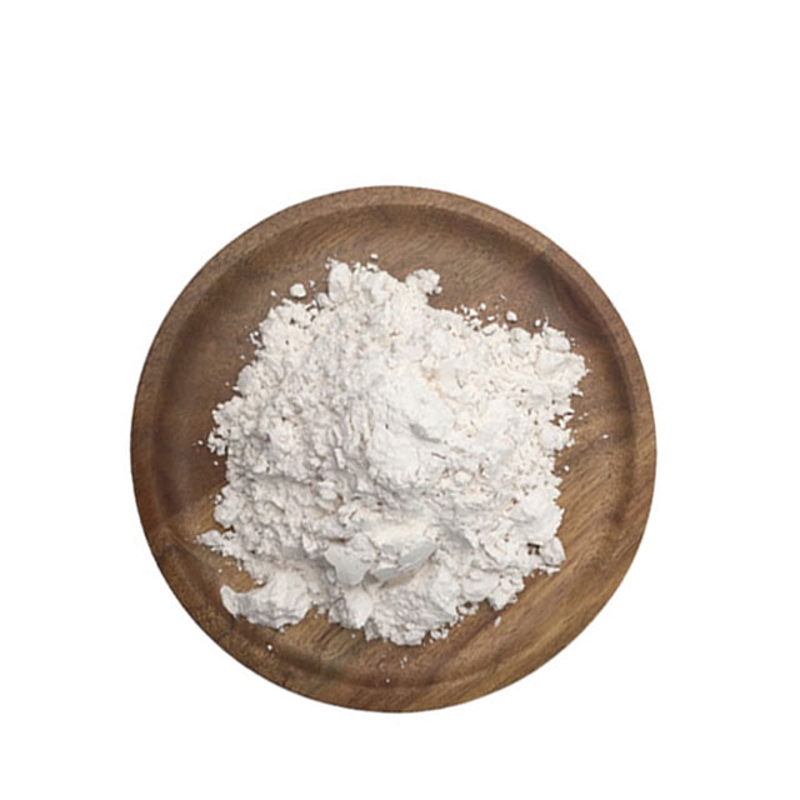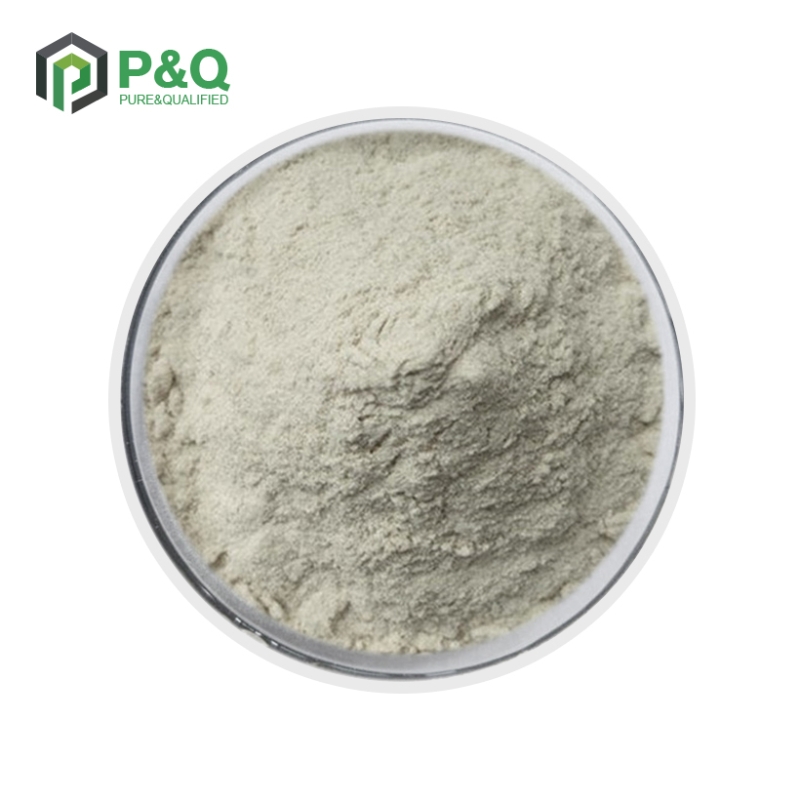-
Categories
-
Pharmaceutical Intermediates
-
Active Pharmaceutical Ingredients
-
Food Additives
- Industrial Coatings
- Agrochemicals
- Dyes and Pigments
- Surfactant
- Flavors and Fragrances
- Chemical Reagents
- Catalyst and Auxiliary
- Natural Products
- Inorganic Chemistry
-
Organic Chemistry
-
Biochemical Engineering
- Analytical Chemistry
- Cosmetic Ingredient
-
Pharmaceutical Intermediates
Promotion
ECHEMI Mall
Wholesale
Weekly Price
Exhibition
News
-
Trade Service
During the Sino-US trade war, China's imports of U.S. soybeans plummeted, turning to huge demand for South American soybeans.
thanks to this, Brazilian farmers are now finding "business opportunities", and some have even re-developed their sugar cane fields, which they have run for decades, to grow soybeans, freeing them from the sugar industry's slump.
last year, Brazilian farmer Gustavo Lopez weighed his sugar cane plantation with a soybean field, according to the Ministry of Commerce's website, Observer.com and Reference News.com.
he examines global trends, including growing U.S.-China trade tensions and a lingering oversupply in the sugar market.
, he destroyed his remaining sugar cane fields and scrapped a decades-old supply contract with a local sugar mill.
, in the state of S?o Paulo, covers an area of 1,600 hectares.
, Chinese buyers bought South American soybeans in large quantities after China imposed tariffs on U.S. soybeans early last month.
now appears to have made the right decision, his "bet" paid off and soybean prices have reached their highest level ever.
at this time of year, it's unusual for this to happen, " Mr. Gustavo said in an interview at his farm. "
" changing trade flows are redefining Brazil's "landscape", allowing more Brazilian farmers to match their crops to China's appetite.
brazilian government data show that the country's soybean cultivation area has increased by 2 million hectares in two years, equivalent to a New Jersey (United States), sugar cane cultivation area has decreased by 400,000 hectares.
demand in China has driven rapid growth in soybean cultivation and exports in Brazil, which imported 53.8 million tons of soybeans from Brazil last year, totaling $20.3 billion, or nearly half of Brazil's total soybean production.
25 percent counter-tariff on U.S. soybeans is expected to push Brazil's soybean exports to China to a record high this year, The Associated Press reported.
the first half of this year, Brazil's soybean exports to China rose to nearly 36m tonnes, up 6 per cent from a year earlier, while brazilian soybean exports to China totalled 10.2m tonnes in July, up 46 per cent from a year earlier.
Brazil's soybean production is expected to hit a record high next year, according to its first crop forecast for the new year.
is the world's top soybean exporter, and the country will enter its new crop year in September.
growers are expected to harvest 119.6 million tons of soybeans in 2018/19, up nearly 1 percent from the previous year, according to the Minas Gerais-based Céleres report.
3.1 per cent to 36.2 million hectares.
without the associated risks of competition, exchange rates, logistics and increased agricultural input costs, soybean cultivation would have increased even more," the Céleres report said.
," according to government data, brazil's soybean cultivation record was 35.1 million hectares in 2017/18.
brazil produced 118.98 million tonnes of soybeans in the year to end, according to the government.
government will release final production data for Brazil for the current 2017/18 next month.
's strong demand for Brazilian soybeans, coupled with a weak domestic exchange rate and unusually high port waters, is expected to tighten domestic supply and keep domestic prices high, added mr. Céleres.
brazil's so-called first maize is usually sown in the southern hemisphere in the summer and competes with soybeans for land.
brazil's first corn planting area is expected to expand by 7 per cent to 5.8 million hectares next year due to strong domestic prices.
the expansion of the first corn planting area is mainly due to farmers in southern Brazil, which in the first half of the year demand for the first corn is usually very strong.
。







